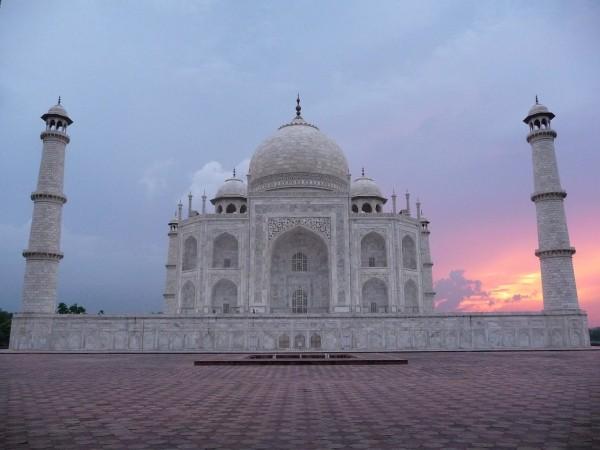As the Ram Mandir's construction picks up pace, a new issue has come up which may push its construction schedule off track. The Saryu river stream has been found under the foundation of the temple, due to which there may be difficulties in construction work. The construction committee while discussing the matter has requested the Indian Institute of Technology (IIT) to suggest better models for the foundation of the temple.
The construction committee headed by Nripendra Mishra, former Chief Secretary to Prime Minister Modi, met earlier this week. Sources said that in this meeting, it has been decided that the model already prepared for the temple is 'unfeasible' due to the stream of river Saryu being found below the foundation. Sources present in Shri Ram Janmabhoomi shrine told media that IIT has been requested for help on this issue.

Notably, the construction of the temple is to be completed in 2023. Sources said that at present, the committee is looking at two ways. The first is the use of Vibro stone to support the raft and the second engineering mix to improve the quality and grip of the soil.
Pillar's complex design a major challenge
A drawing of 1,200 pillars was prepared to build a temple. However, according to the design plan, it does not appear to be successful. Actually, pillars were tested for the foundation of the temple during which some pillars were inserted 125 feet deep. Post investigating for about 30 days weight of 700 tons was put on it and earthquake shocks were given, then these poles were shaken from their place and also turned.

Taj Mahal: A similar case
Taj Mahal is one of the other huge monuments that is built on the sand, which is considered the loose base for a building. When its construction started in 1632, a special water-resistant mortar called "Sarooj" was prepared for the base of the Taj Mahal. Lime, clay, and sand were the basic materials of Sarooj. Furthermore, in the Sarooj mortar, ash collected from various sources such as wood and animal dung was added. In addition, local ingredients were also added, such as jaggery, pulse, sugar bubbles, gram flour, resin, jute, and gum.









!['Had denied Housefull franchise as they wanted me to wear a bikini': Tia Bajpai on turning down bold scripts [Exclusive]](https://data1.ibtimes.co.in/en/full/806605/had-denied-housefull-franchise-they-wanted-me-wear-bikini-tia-bajpai-turning-down-bold.png?w=220&h=138)



